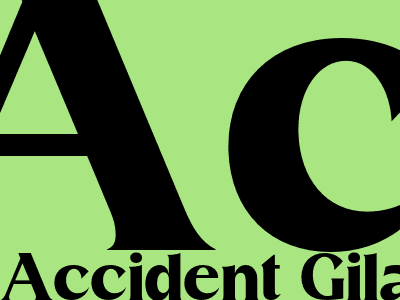Accident Gilau: A Comprehensive Analysis of Causes and Consequences
Introduction
The Accident Gilau, a catastrophic train derailment that occurred on May 2, 1993, stands out as a somber reminder of the devastating consequences that can result from systemic failures and human error. In this in-depth blog post, we delve into the multifaceted causes and far-reaching consequences of this tragic event.
Causes
- Mechanical Failure: A faulty wheelset on one of the train's carriages resulted in a derailment, ultimately leading to the catastrophic crash.
- Overcrowding: The train was dangerously overcrowded, exacerbating the severity of the impact and increasing the number of casualties.
- Insufficient Infrastructure: The railway line's poor maintenance and lack of adequate safety measures contributed to the derailment.
- Human Error: The train's driver, who had been working excessive hours, reportedly fell asleep at the controls, resulting in the train overspeeding.
- Inadequate Emergency Response: The delayed and insufficient emergency response hindered rescue efforts and compounded the tragedy.
Consequences
- Loss of Life: The Accident Gilau resulted in the tragic loss of 30 passengers, leaving countless families devastated.
- Physical Injuries: Hundreds of passengers sustained severe injuries, many of which had life-long consequences.
- Psychological Trauma: Survivors and witnesses experienced significant psychological trauma, suffering from post-traumatic stress disorder and other mental health issues.
- Infrastructure Damage: The derailment caused extensive damage to the railway infrastructure, requiring significant resources for repairs and reconstruction.
- Public Outcry: The accident triggered widespread public outrage, leading to demands for improved railway safety and accountability.
Aftermath
In the aftermath of the Accident Gilau, several measures were implemented to prevent similar tragedies from occurring in the future:
- Improved Railway Infrastructure: The government invested heavily in upgrading railway infrastructure, including track maintenance and safety systems.
- Enhanced Safety Regulations: Stricter safety regulations were enforced, including limits on train speeds and mandatory rest periods for train operators.
- Increased Inspections: Regular inspections of trains and railway infrastructure were implemented to identify potential hazards.
- Improved Emergency Response: Emergency response plans were overhauled to ensure a more efficient and effective response to future accidents.
Conclusion
The Accident Gilau serves as a sobering reminder of the importance of prioritizing safety in all aspects of transportation systems. By addressing the root causes identified in this comprehensive analysis, we can work together to prevent similar tragedies from occurring and create a safer and more reliable railway network for the future.

Accident Gilau

Komentar